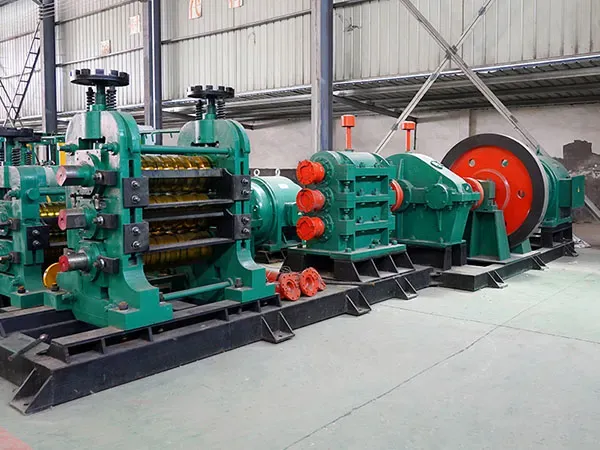
Traditional processing involves multiple manual steps such as cutting, bending, and shaping, each introducing delays and increasing labor costs. Modern steel bar production lines integrate these steps into a continuous automated workflow, handling straightening, cutting, and bundling with minimal human intervention. As a result, production throughput can increase by 50% or more, making large-scale manufacturing faster and more reliable.
Manual operations are prone to variability in size, bending angles, and surface finishes. Automated production lines maintain uniform precision and strict adherence to specifications, reducing defects and ensuring high-quality output. This consistency is crucial for large construction projects where structural integrity cannot be compromised.
Traditional methods require intensive manual labor, exposing workers to sharp edges, heavy lifting, and repetitive strain injuries. Automated production lines minimize human involvement in dangerous tasks, allowing skilled workers to focus on supervision, quality control, and maintenance. This not only enhances safety but also improves overall workforce productivity.

Modern steel bar production lines are equipped with energy-efficient systems and real-time monitoring to reduce waste. Manual processing often results in higher material wastage due to cutting errors and less efficient energy use. Automation ensures maximum resource utilization, supporting both cost savings and sustainability goals.
While setting up an automated production line requires significant initial investment, the long-term ROI is substantial. Higher production speed, reduced labor costs, lower scrap rates, and consistent quality reduce the per-unit cost of steel bars. Traditional processing may appear cheaper upfront, but inefficiencies often lead to higher overall expenses over time.
As construction projects demand faster delivery, stricter quality standards, and cost efficiency, investing in a fully automated steel bar production line becomes a strategic decision rather than an option. Manufacturers can achieve higher productivity, maintain consistent quality, ensure workplace safety, and optimize operational costs—unlocking competitive advantages in today’s market.
Steel Bar Production Line vs Traditional Processing: Maximize Efficiency, Quality & Profitability
2025-11-24Key Factors That Impact Steel Bar Production Quality and Performance
2025-11-19Complete Guide to Maintaining a Steel Bar Production Line for Maximum Efficiency and Longevity
2025-11-15How a Steel Bar Production Line Works: A Step-by-Step Guide
2025-11-09Address: Gongyi City, Zhengzhou City, Henan Province
E-mail: info@gyssljx.com
Phone: 0086 19339904886
If you have any product related questions, please feel free to call us at any time

With 30 years of professional experience, we customize efficient and energy-saving rolling mill production lines, providing you with one-stop service from design to installation and commissioning, helping you achieve steady growth in the steel industry.
Go
Top
SHENLONG Machinery · Your Rolling Equipment Expert ·